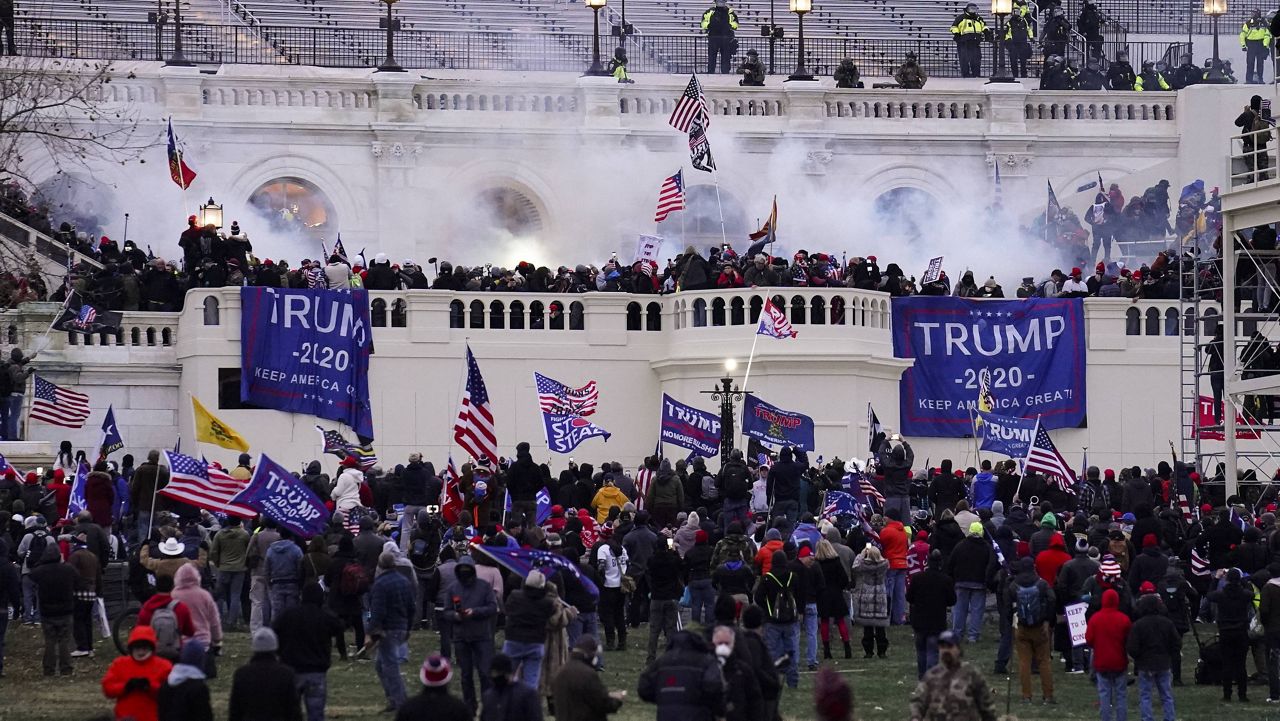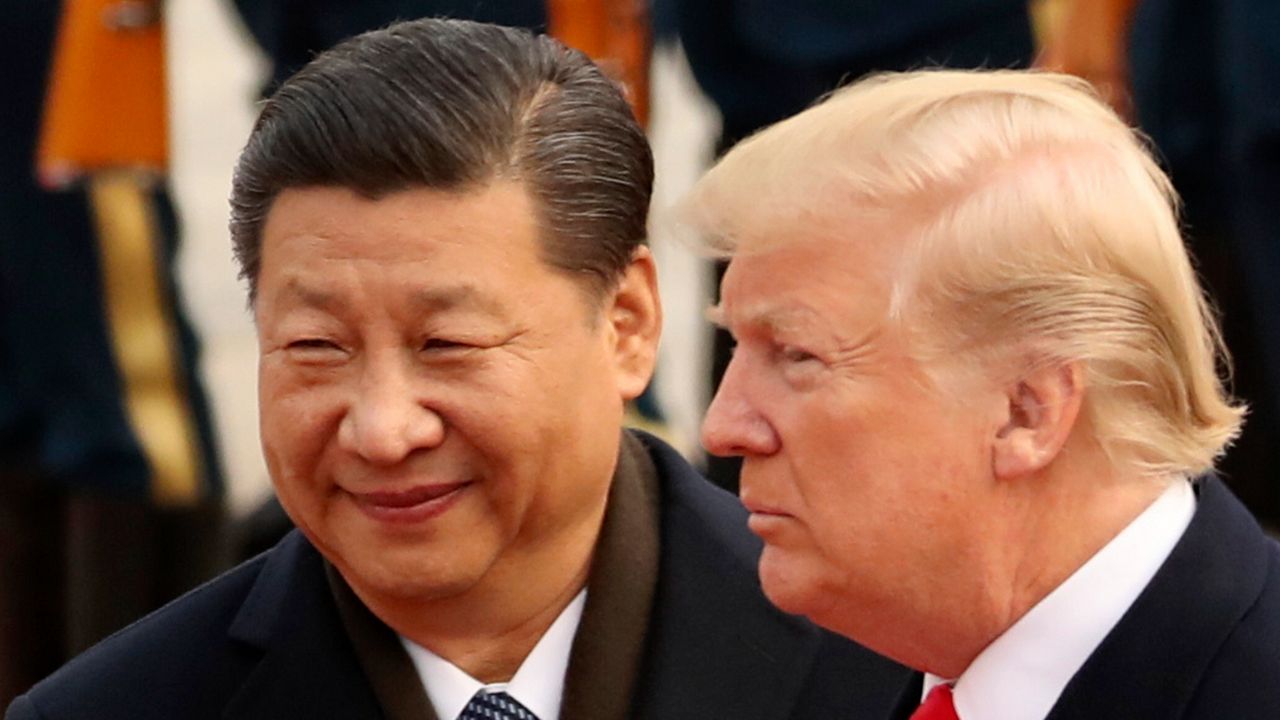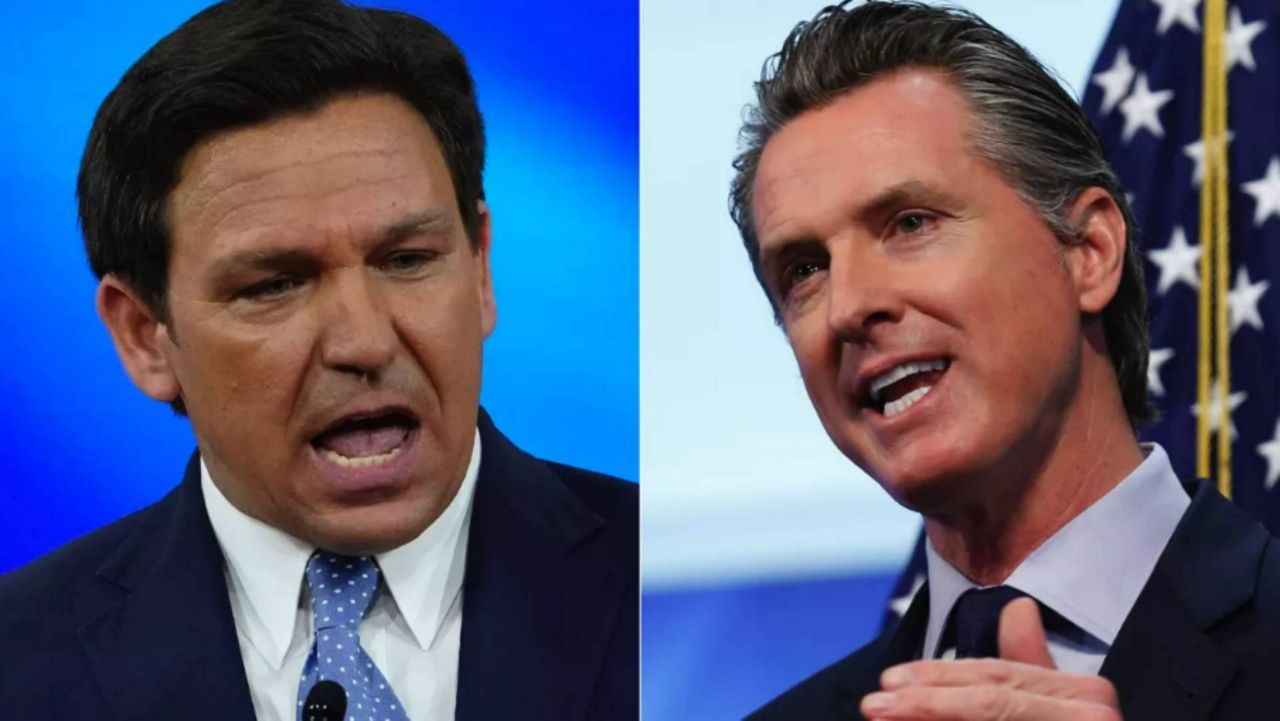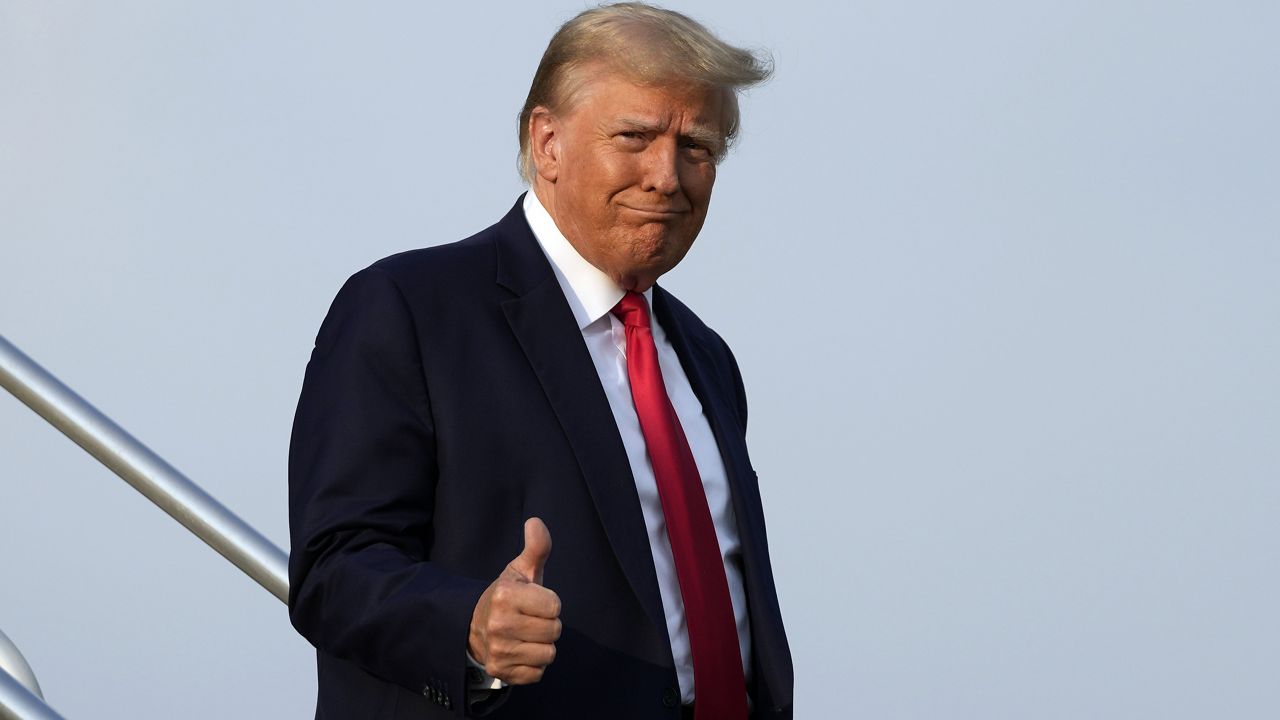The House Committee on Veterans’ Affairs heard testimony on Wednesday about efforts by violent domestic extremist groups to recruit U.S. veterans – a concerning trend that has prompted reviews from both the Pentagon and members of Congress.
The hearing comes as domestic terror plots and attacks in the U.S. have soared to a 25-year high, according to an analysis from The Washington Post and the Center for Strategic and International Studies, including 73 domestic terror incidents in 2020 alone – an all-time high.
At least 80 people with military backgrounds have been linked to domestic extremism this year, according to new data from the University of Maryland – up from just 30 people the previous year, and less than 10 in 2019.
Witnesses at Wednesday's hearing noted the number of veterans involved in the storming of the U.S. Capitol on Jan. 6.
“Of the more than 620 arrested [in connection to the Capitol breach], 71 had ties to the military community — representing 12% of the mob,” retired Marine Corps Lt. Col. Joe Plenzler said on Wednesday. “Of those, one was active duty, two were in the National Guard, and two were in the reserves. Sixty-six were veterans.”
Asked Wednesday if domestic extremist groups purposefully focus target veterans in their recruitment efforts, Plenzler said, “Yes, absolutely they do.”
Veterans are “really efficient targets for recruitment … for what we bring to the table," he said. “Besides tactics, the techniques and procedures, that we all have studied — especially those of us who have been in ground combat units, that's a very attractive thing for people who want to destabilize our government to seek out — [recruiters] also know that veterans are extremely relational, and that we were seen as leaders in the community. So if they can get one of us to come along, the chances of getting others to follow are probably pretty good.”
“We do know that they specifically target veterans who are having trouble with their transition from the military to the civilian world, because they're particularly vulnerable at that point," he said.
To that end, said Plenzler, "I think it's incumbent upon our nation's veterans’ service organizations who, many of them are out there [and] doing a good job, to try to catch veterans and help them reestablish the feet in civilian community. But I think we need to keep an extra lookout for those who might be struggling, because they are the most vulnerable.”
Oren Segal, the vice president of the ADL’s Center on Extremism, echoed that sentiment, saying that the American public has watched veterans “become leaders of extremist groups, train extremists, and even engage in violence.”
While militant groups’ courting of veterans is not a new phenomenon, witnesses said Wednesday, the rise of social media and other online platforms has exacerbated both the scope and speed of their recruitment efforts.
“We are seeing how extremists use the language of patriotism to further their reach, wrapping their agendas in the ‘stars and stripes,’” Segal said. “And this language finds voice on a variety of social media and online platforms, providing fertile environment for the hate conspiracies and disinformation to proliferate in so-called patriot groups and other spaces that animate real world activity.”
“It’s the online space that has transformed the recruitment abilities of these groups and made the problem much worse,” added Heidi Beirich, co-founder of the Global Project Against Hate and Extremism.
“I'll put it this way,” Plenzler said: “The light is blinking red on the dashboard. So we needed to look under the hood and investigate this further.”
During Wednesday’s hearing, witnesses and lawmakers urged veteran organizations to do more to help protect veterans against this increasing threat.
In its proposed Veterans Affairs budget, the House Appropriations Committee called for the department to “establish a comprehensive, evidence-based program to educate veterans about malign influences, transition assistance to include specialized counseling services, as well as research into operations and methods to discern against disinformation.”
Earlier this year, Veterans Affairs Secretary Denis McDonough said the agency would “take a look” at what it can do to combat extremism among veterans, though the department has not yet outlined a formal program dedicated to this effort.
But on Wednesday, witnesses said they do not believe the VA, or the network of Veterans Service Organizations (VSOs), are doing enough proactive outreach to warn veterans about domestic recruitment efforts.
“I've heard some qualified rejection of the violence Jan. 6 from some of the nation's VSOs, but that call was not loud enough and not on equivocal enough," Plenzler said. “I think one of the reasons is because some of their members had sympathies towards these group. And when you're a membership-based organization, and you gain money by collecting dues, some of them are reticent to take a strong stand.”
“I think that's unfortunate, because, you know, if we get to the point where you don't have a republic any more, then those dues aren't going to matter much at all,” he added.
At times, Wednesday's hearing devolved into partisan bickering, as some Republican members demanded to know why so-called “far-left” groups, such as Antifa and Black Lives Matter, were absent from discussion.
“I hope every veteran in America is watching this hearing today, and hearing from the majority party that our veterans are so stupid and susceptible to becoming domestic terrorists that Democrats have to save them,” said Jim Banks, R-Ind.
Describing domestic violent extremist groups as a “pernicious threat” to veterans, committee chairman Rep. Mark Takano, D-Calif., sought to deescalate tensions in the room, reminding lawmakers: “We’re not here to condemn or vilify veterans who engage with these groups, but rather to highlight the threats posed by them, including to their members.”
“This issue is about violence, not political positions or opinions," he added. "Addressing the threat of domestic violent extremism, and particularly the implications of this threat for veterans and their families must be a bipartisan issue. And I hope that our committee is able to focus on the underlying issues without being distracted by partisan bickering.”
But other Republicans on the committee argued that the hearing risked further stigmatizing the veteran community, and could divert VA focus from other key priorities, such as helping former service members obtain medical care, education, and job opportunities.
“A hearing that stigmatizes the entire veteran community is damaging, and sets back efforts to provide services to veterans,” said Rep. Ellzey, R-Tex, adding that veterans who need mental health care “already face some unfortunate and unjustifiable stigmatization.”
“There are a lot of areas this committee should focus on to help veterans, [and] time taken away from that focus is to the detriment of veterans,” Ellzey said. “We should be focused on helping the VA deal with the backlog of care for veterans, benefits, delays due to the pandemic, education and economic opportunities.”
In response, Plenzler made clear he did not believe any pf the efforts proposed Wednesday would divert resources from key VA priorities.
“I mean, we're the United States of America,” he said. “We can walk and chew gum at the same time.”








